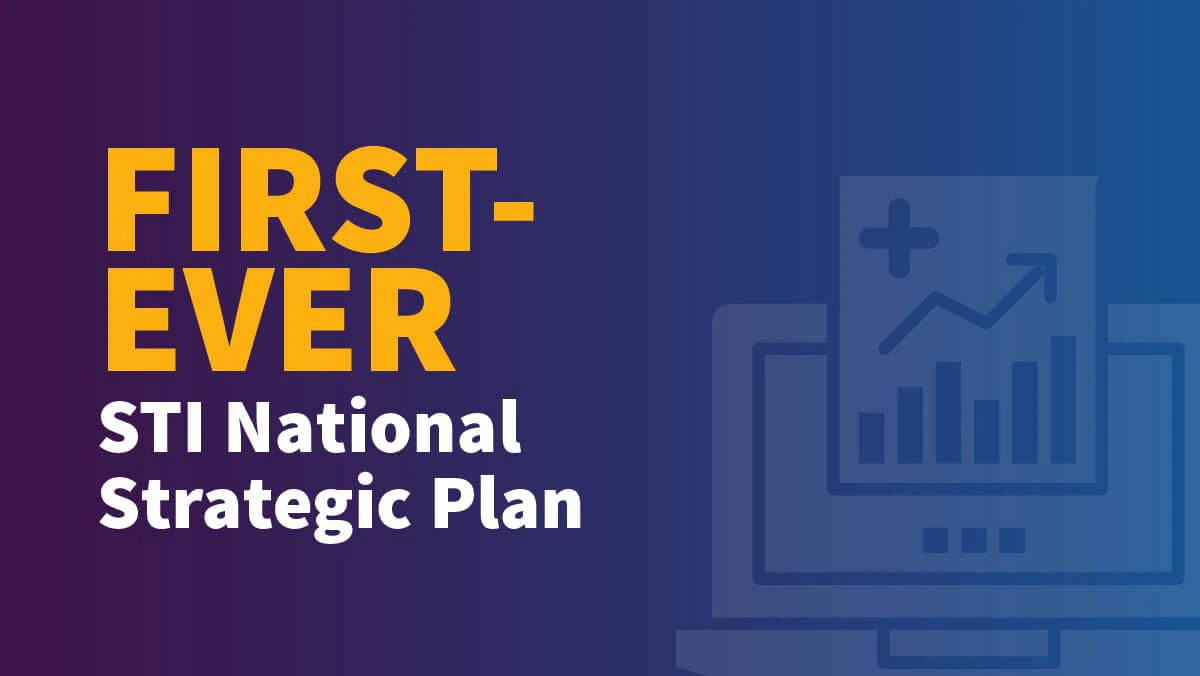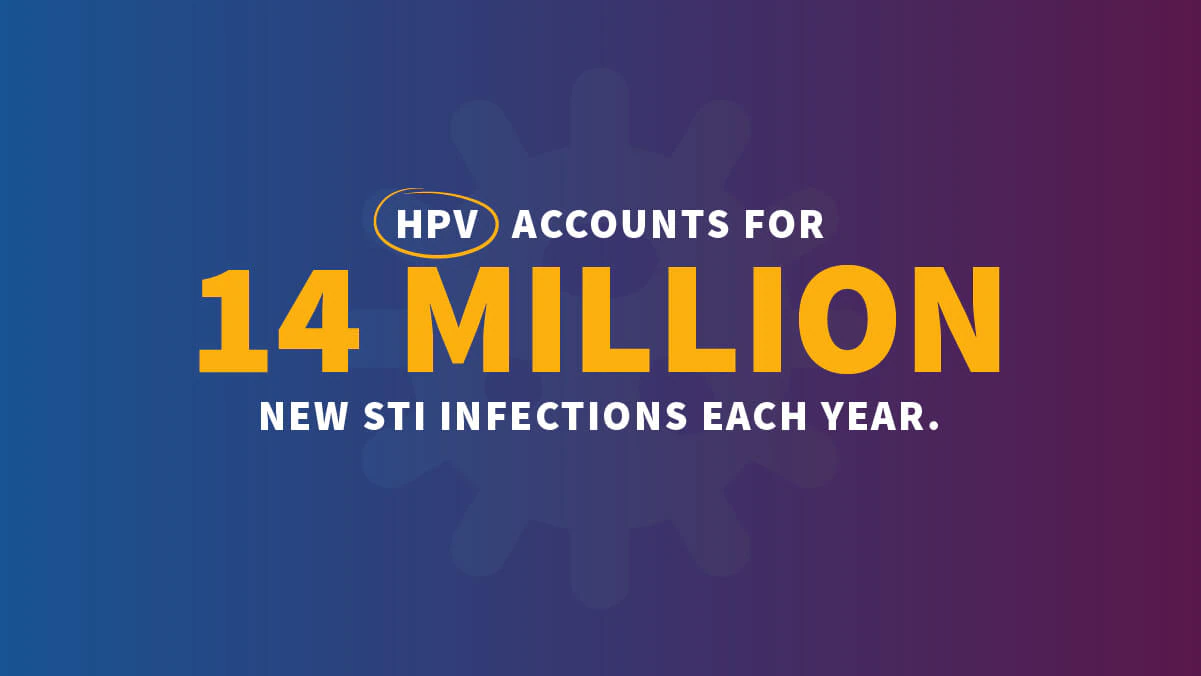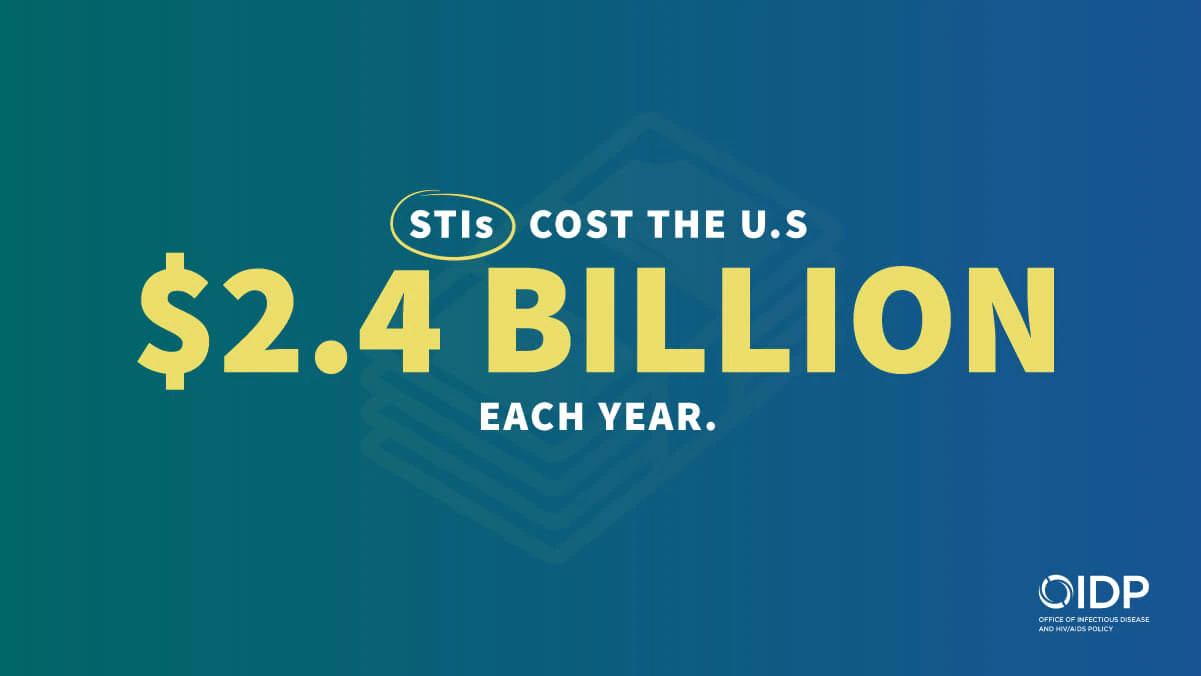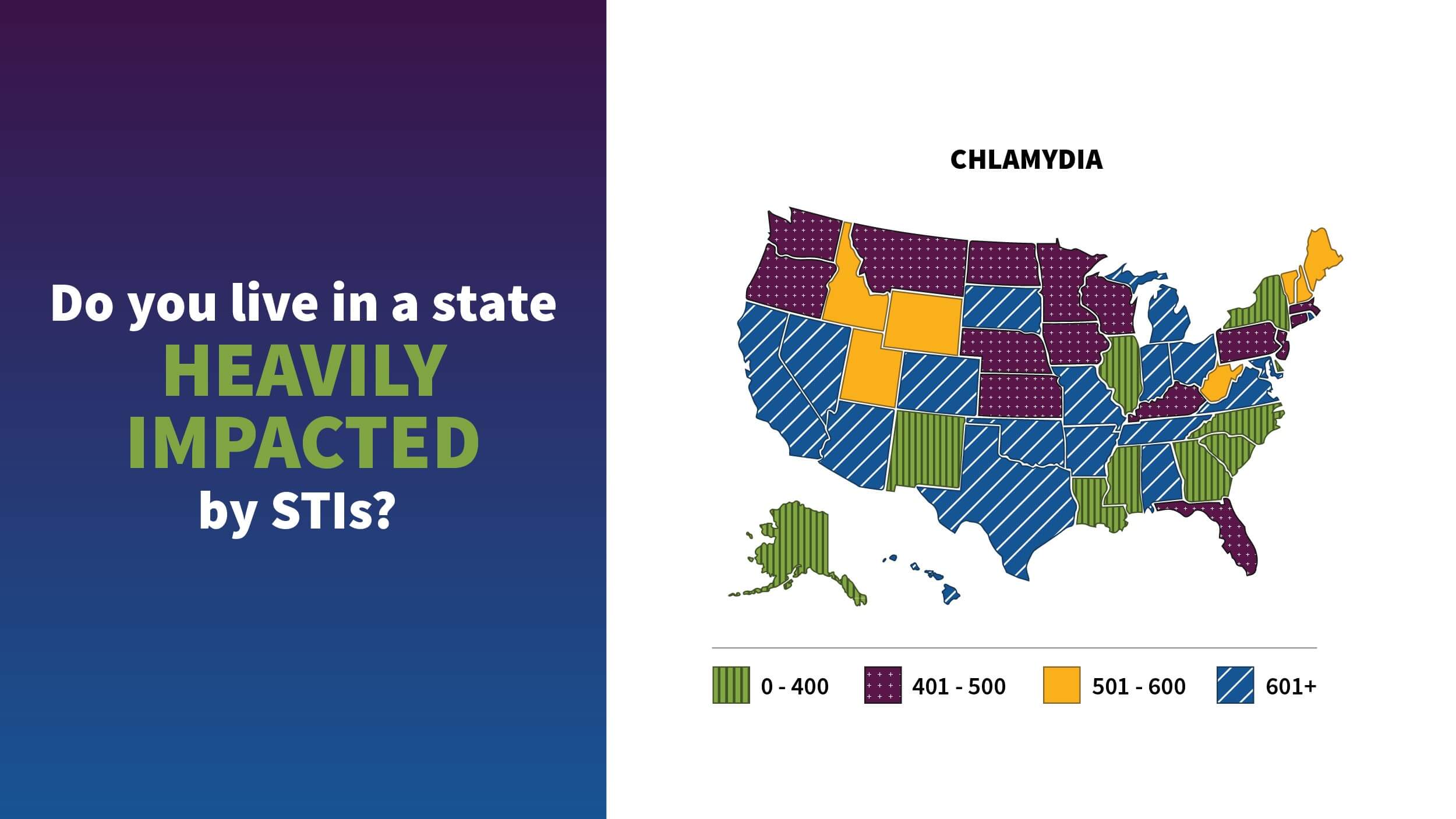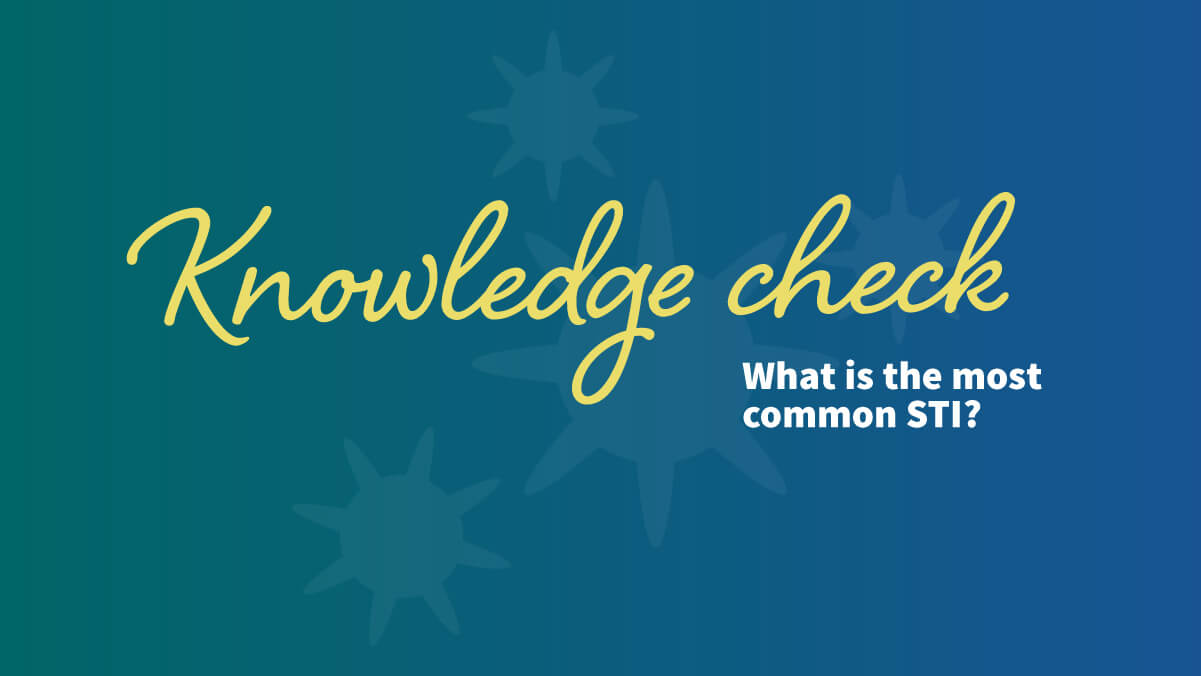This page provides messages and graphics to help promote the STI National Strategic Plan 2021-2025 (STI Plan). Please find the following materials to help promote the STI Plan.
Social Media Graphics
Sample Email/Newsletter Copy
The U.S. Department of Health and Human Services (HHS) recently released the first-ever national plan to address a public health crisis caused by alarming increases in the rates of sexually transmitted infections (STIs) in the United States.
The STI National Strategic Plan 2021-2025 (STI Plan) lays out a clear vision for reducing STIs in this nation:
The United States will be a place where sexually transmitted infections are prevented and where every person has high-quality STI prevention, care, and treatment while living free from stigma and discrimination.
This vision includes all people, regardless of age, sex, gender identity, sexual orientation, race, ethnicity, religion, disability, geographic location, or socioeconomic circumstance.
The STI Plan also sets goals and objectives and offers strategies for achieving that vision. It includes indicators with quantitative targets through 2030 to measure progress toward the vision and goals. The STI Plan is a roadmap to help a broad range of stakeholders to develop and implement STI-prevention, treatment and care programs at the local, state, tribal and national levels over the next five years.
For more information on the STI Plan, visit www.hhs.gov/STI. For more information on STIs, visit www.cdc.gov/STD.
Key Messages
- The high rate of STIs in the U.S. is a risk to the health of all Americans. That is why the U.S. government created the first-ever #STI National Strategic Plan. Read more about how we will address the #STI epidemic: https://www.hhs.gov/programs/topic-sites/sexually-transmitted-infections/plan-overview/index.html #STIPlan
- #DYK 92% of the cancers attributed to #HPV can be prevented with a #vaccine, but as of 2018 only about half of people aged 13 to 17 were up to date with a completed HPV vaccine series? Learn how the #STI National Strategic Plan addresses this issue: https://www.hhs.gov/programs/topic-sites/sexually-transmitted-infections/plan-overview/index.html #STIPlan
- STIs affect the quality of life of millions of Americans and add significant and unnecessary costs on our health system. The #STI National Strategic Plan aims to improve these outcomes. Learn more: https://www.hhs.gov/programs/topic-sites/sexually-transmitted-infections/plan-overview/index.html #STIPlan
- The human and economic consequences of sexually transmitted infections (“STI”) in the U.S. are steep, affecting the quality of life of millions and costing our health care system billions of dollars annually.
- This first-ever STI National Strategic Plan lays out a clear vision for how the United States can be a place where STIs are prevented and where every person has access to high-quality prevention, screening, care and treatment for STIs, while living free from stigma and discrimination.
- The plan provides a roadmap that a broad range of stakeholders can use to develop and implement programs at the national, state, and local levels over the next 5 years to help in our nation’s efforts to stem and reverse the growing STI epidemic in the U.S.
- In the United States, some groups are more affected by STIs than others. - Although STIs affect millions of American nationwide and from all social, economic and racial and ethnic backgrounds, they disproportionately impact certain populations and communities.
- The plan includes five goals:
- Prevent new STIs;
- Improve the health of people by reducing adverse outcomes of STIs;
- Accelerate progress in STI research, technology, and innovation;
- Reduce STI-related health disparities and health inequities; and
- Achieve integrated, coordinated efforts that address the STI epidemic.
- Each of the goals has a set of objectives and strategies to help steer federal partners and stakeholders towards achieving a common vision and the goals of the plan.
- The objectives and strategies are meant to be flexible and integrative, and they are aimed at encouraging innovative approaches and helping stakeholders focus resources in areas where they can have the greatest impact.
- The plan takes an integrated holistic approach to preventing and treating STIs, leveraging efforts to prevent and treat other parts of the syndemic (conditions that often co-occur in people, place or time) such as HIV, viral hepatitis, and substance use disorders.
- Key to slowing and reversing the increasing rates of STIs are addressing stigma, discrimination, and the social determinants of health.
- All stakeholders have an important role to play in the implementation of this inaugural STI plan. A broad range of partners and stakeholders – from federal, national, state, tribal and local public health officials and organizations to health plans, health care providers, and researchers – will work collaboratively and deliberately to strengthen the nation’s response to the STI epidemic.
- The plan is flexible and designed for stakeholders to implement the strategies that fit within their role and purview and meet the needs of the communities they serve.
Find more messages that support the STI Plan.
Additional Resources
- STI National Strategic Plan 2021-2025
- STI National Strategic Plan 2021-2025 Webinar Slides - December 17, 2020
- Guidelines and Best Practices
- STI Fact Sheets
- STI Statistics
- STI National Strategic Plan 2021-2025 Critical Components - Vision-Goals-Objectives-Strategies-Priority Populations-Indicators and Targets
- Goals and Objectives from the STI National Strategic Plan 2021-2025


